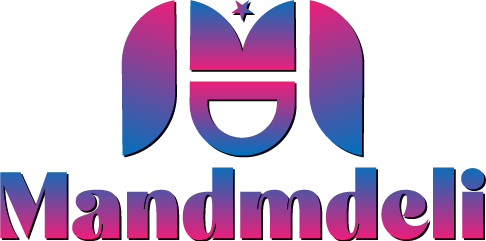Whether you’re a first-time mom or have had previous children, breastfeeding is not always an easy process. That’s especially true if you have eczema and are also trying to breastfeed your child. Breastfeeding is known as one of the most beneficial things you can do for your child. It has numerous physical, emotional, and even financial benefits for both mother and child. While it can be challenging to begin with if you have eczema, there are ways to make it easier so that both you and your baby thrive throughout the process.
Keep reading for some useful tips on how to begin the process of breastfeeding if you also have eczematous dermatitis.
Don’t Rush the Process
If you have a mild case of eczema, you may be tempted to rush the process of breastfeeding in an attempt to soothe your symptoms. While breastfeeding can be a great way to soothe and heal the skin of both you and your child, rushing the process can actually cause more harm than good in the long run.
First of all, rushing the process of establishing your milk supply can cause you to experience mastitis, which can be extremely painful in its own right. In addition to that, rushing the process can also cause your baby to experience nipple confusion, which is when they become unsure of how to latch on properly. This confusion can make subsequent feedings challenging, not to mention that it can be incredibly painful for your child. It’s best to take things slowly so that you both have the time to adjust to the process and achieve the best outcomes possible.
Start With Good Skin Care Practices
When your eczema is at its worst, it can be difficult to even think about breastfeeding. This can be especially true for first-time moms who may be experiencing breastfeeding for the first time. Furthermore, it can be difficult to even attempt breastfeeding when you have a highly visible case of eczemas like erythrodermic dermatitis or exfoliative dermatitis.
In order to establish a good breastfeeding relationship with your child and to heal your own skin, it’s best to begin with good skin care practices, as recommended by a Philadelphia dermatologist. You may need to temporarily switch to a hypoallergenic formula if your child has sensitivity issues related to cow’s milk. If your eczema is particularly severe, you may want to use a barrier cream like petrolatum to protect your skin and allow your baby to latch on without being irritated by your skin.
Be Honest About Your Limitations
There may be certain circumstances when breastfeeding is not the best option for you or your child. If you have a particularly severe case of eczema, breastfeeding may not be the best choice for either of you.
While breastfeeding can be extremely beneficial for both you and your baby, it can also increase the amount of allergens and bacteria in your milk. This is especially true for mothers with a high level of milk production. If you have a low level of milk production, this will not be as much of an issue. Even if you have a relatively mild case of eczema, breastfeeding may be too challenging for you to handle. If you have a particularly challenging case of eczema, it may be best to pump your milk and then feed it to your baby via a bottle.
Apply Calendula Cream Before and After
If you have a mild case of eczema, you may be able to use a barrier cream like petrolatum to protect your skin during breastfeeding. However, if your eczema is more severe, you may need to use a topical cream to heal your skin.
Calendula cream is known to be particularly helpful for healing skin conditions like eczema. You can apply the cream before you attempt breastfeeding and after you have finished. If breastfeeding is too painful, you can also apply the cream to unaffected areas of your skin, such as your nipples, to soothe them as well.
Try a Dairy-Free Formula
Many babies today are fed a formula prepared with cow’s milk, but this may not be the best choice for babies who are being breastfed. If you have a particularly severe case of eczema and are breastfeeding, it may be best to feed your child a formula that is prepared without cow’s milk. This will ensure that your baby is not exposed to allergens that they may be sensitive to. A formula can also be helpful for babies who have difficulty latching on during breastfeeding. Many formulas come in pre-made bottles that are easy to prepare and provide your baby with a source of nutrients.
Utilize Baby-Friendly Positions During Breastfeeding
If you have a mild case of eczema, you may be able to use a breastfeeding position that is easy for you and your baby to get used to. However, if your eczema is more severe, it may be easier for you to use a baby-friendly position that is less challenging for both you and your baby. There are a few breastfeeding positions that can make breastfeeding easier for mothers with severe eczema.
The football position, cradle position, and the knee-chest position are all great options for mothers with eczema. The football position is like the traditional breastfeeding position, but the mother places one leg up on a stool or chair while the other leg is on the ground. The cradle position is similar to the football position in that you are resting on your side, but your baby is cradled in your arms rather than resting on your chest. The knee-chest position involves you resting on your knees and leaning forward while your baby is resting on your chest.

